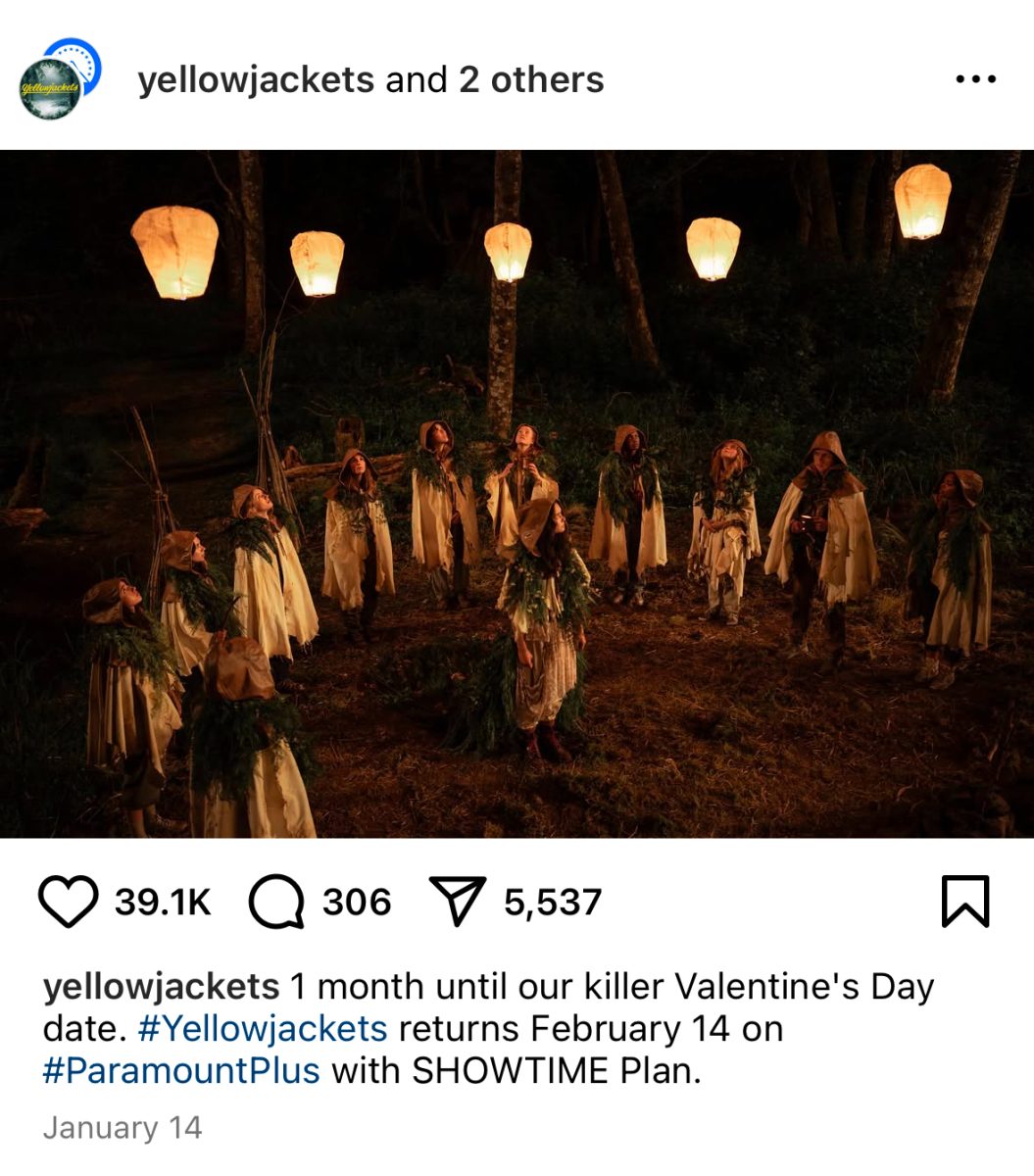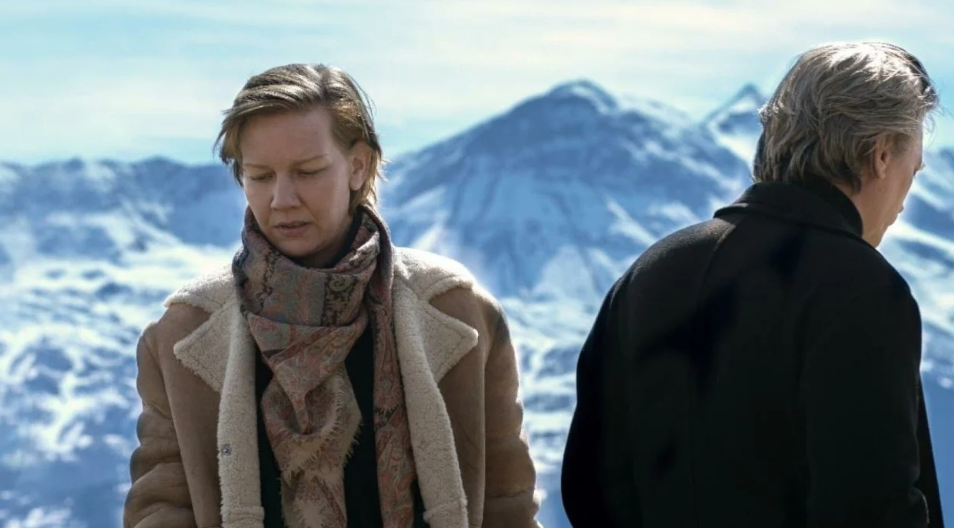Against the backdrop of violent rains, booming thunder, and sharp winds, the first atomic test in 1945 shattered sound waves and reached the atmosphere in Los Alamos, New Mexico. Cinematic, stunning shots of pure orange fire and ash contrasted sharply with thick clouds of dark smoke vividly depict this milestone in the new blockbuster “Oppenheimer.” Then, after many seconds of silence, the voice of J. Robert Oppenheimer eerily whispers, “Now I am become death, the destroyer of worlds,” filling the theater with a certain panicked uncomfort: the feeling, exactly, that this movie was created to induce.
“Oppenheimer,” Christopher Nolan’s staggering film about J. Robert Oppenheimer, the man known as “the father of the atomic bomb,” condenses one of the most monumental shifts in human history into three haunting hours. A drama about genius, regret, and power dynamics, it brilliantly charts the turbulent and complex life of the theoretical physicist who led the research and development of the atomic bomb, known as The Manhattan Project, that accumulated in the dropping of two nuclear weapons on the Japanese cities of Hiroshima and Nagasaki; ending the War in the Pacific, and with it, World War II.
The story tracks Oppenheimer — played with feverish intensity by Cillian Murphy — across decades, starting in the 1920s with him as a young adult and continuing until his hair grays. The film touches on personal and professional milestones, including his work on the bomb, the anti-communist attacks that nearly ruined him, as well as the friendships and romances that helped sustain him yet caused him torment.
Written and directed by Nolan, the film —while based off of “American Prometheus: The Triumph and Tragedy of J. Robert Oppenheimer” (a biography by Kai Bird and Martin J. Sherwin) — often deviates from the biography for creative and cinematic purposes. Nevertheless, the movie is almost completely historically accurate.
The structure of the movie showcases a dense, event-filled story that Nolan, who is known for his hard-to-follow, non-chronological plots, has given a complex and unique form. The film follows three timelines, which weave, intrude, and cut off each other throughout the movie. A review by The Guardian explained the plot as “a knotty mesh of a structure. Time in Oppenheimer doesn’t feel entirely linear – there are moments…that seem unmoored from the rest of the film.”
Nolan further complicates the film by not building the plot gradually in the least bit. Rather, he abruptly tosses the audience into the whirl of Oppenheimer’s life with vivid scenes of him during different periods. The Guardian further explained the complexity of the film: “Nolan’s films frequently require a couple of viewings to unravel fully….Oppenheimer is no exception.”
The first timeline follows Oppenhimer’s progression from graduate school in Cambridge, to academia through post-war Europe and teaching at University of California Berkeley, to finally his work in Los Alamos, New Mexico on the atomic bomb.
The second timeline follows Oppenhiemer’s deposition by a legal team in the government in the late 1950s, as they attempt to strip him of his job, security rights, and thus public credibility. His suspected communist connections and role in leaking research to the Soviet Union, which would thereby aid the development of the atomic bomb in the Soviets following WWII — was the reason for the government’s vendetta. A review by Variety explained that “the hearings were the darkest chapter of Oppenheimer’s life.”
Oppenhiemer was especially concerned because the court that was hearing the case was biased against him, or, as the movie calls it, a “kangaroo court.” Their allegations were circumstantial at best, and the prosecutors knew they were wrong to question Oppenhiemer’s loyalty to the United States; he had built them the atomic bomb. But, as Variety put it, the deposition “was the government’s way of silencing Oppenhiemer, since in the postwar world he’d become something of a dove on the issue of nuclear weapons, a view that didn’t mesh with America’s Cold War stance of aggression.”
The final timeline, styled as a political drama, follows Lewis Strauss, a naval officer who served two terms in the U.S. Atomic Energy Commission (AEC) and had a personal vendetta against Oppenhiemer for various reasons including public humiliation, as he attempts to enter President Dwight Eisenhower’s Cabinet as Secretary of Commerce via a Senate confirmation hearing. The hearings turn investigative as it is slowly uncovered that Strauss was heavily involved in wrongfully accusing Oppenheimer of being a communist spy (the second timeline) in order to discredit Oppenhiemer’s public outcry towards the further buildup of a nuclear arsenal in the Cold War — something Strauss heavily supported.
While most of the film is in lush, high quality color; the final timeline is depicted in high-contrast black and white. A review by the Insider explained that the film’s color changes are an “artistic styling used to highlight the juxtaposition between the film’s protagonist, Oppenheimer, and his eventual nemesis, Strauss.”
These black-and-white sequences dominate and define the last third of “Oppenheimer.” It is here that the film’s complexities and all its many fragments finally converge as Nolan puts the finishing touches on his portrait of a man who contributed to an age of transformational scientific discovery, who personified the intersection of science and politics, and who was thoroughly changed by his role in the creation of weapons of mass destruction.
“Oppenheimer” is meant to make the audience emerge from the theater shocked and questioning the world around them. Manohla Dargis, the chief film critic for The New York Times, gave her review, calling it “a smart, thoughtful movie talking about profound issues of great philosophical meaning.” She said she “was shocked by the movie,” and “the film made [her] think about life.” She noted that she “was grateful” for the unique experience the film gave her.
The film is also a warning to all humans about the fragility of our safety. We are all, frankly, at the mercy of world leaders, like Vladimir Putin, for example, who hold the nuclear codes that both protect, and threaten to destroy, the world. Brent Hankins, a critic for Rotten Tomatoes, awarded the film a very strong 94%, and he explained that, “Nolan’s latest work is arriving at a time when fear of nuclear destruction is at the highest level since the Cold War.” He attributed the timeliness of the film as a reason Nolan’s masterpiece carries a “poignant and darkly poetic” tone.
Nolan most clearly puts the message in the final lines of the film, when Oppenheimer turns to a frail Albert Einstein and mutters, “Do you recall when we worried a chain reaction from the bomb might destroy the world?” And as the deafening music climaxes, and the audience digs their nails into their seats, a disturbed Oppenheimer, staring into space — and perhaps the audience — admits: “I believe we did.”









